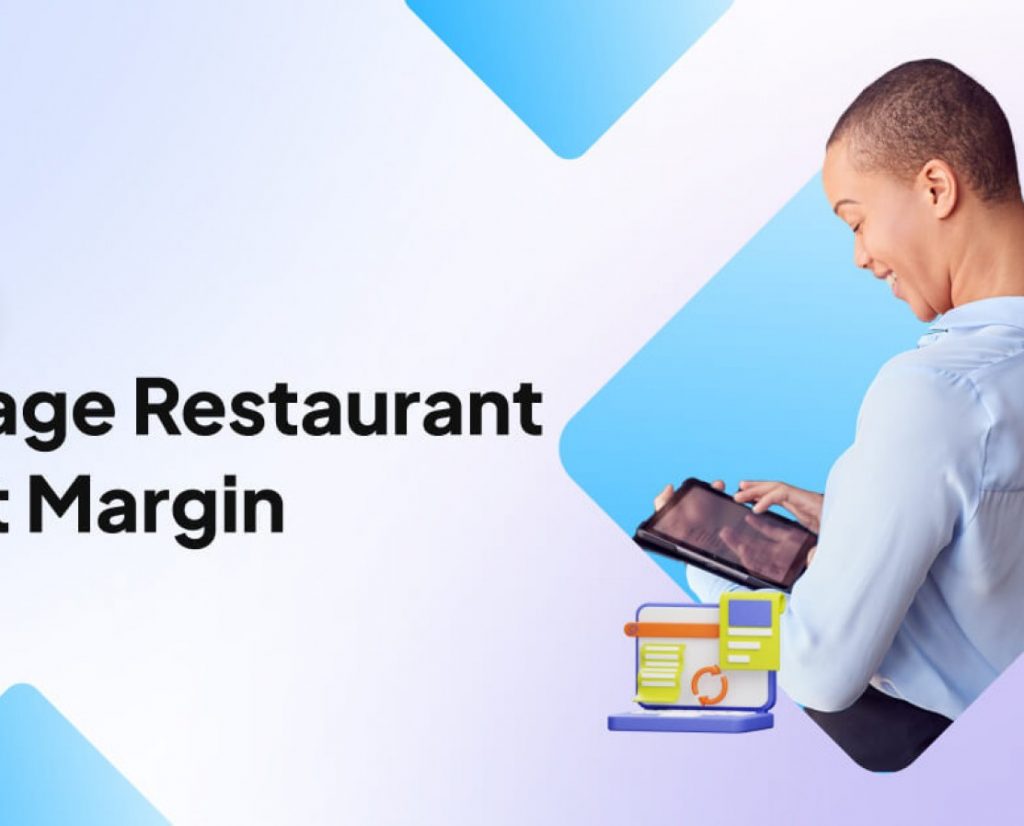Why You Should Not Settle for an Average Restaurant Profit Margin

Running a successful restaurant requires more than superb food and flawless operations. Businesses’ financial health and sustainability depend on profit margins. While average profit margins may seem reasonable, aiming higher might boost financial stability and growth. Why you should go beyond restaurant profit margin average.
Financial Resilience
A normal restaurant profit margin is 3-5%. Although this may support your firm, it gives little space for error or unforeseen circumstances. Higher profit margins, like 10% or more, protect against economic downturns, increased food costs, and unforeseen expenses. Financial resilience helps your restaurant survive and prosper in tough times.
Quality Investment
High profit margins let you improve your restaurant’s quality and service. Buy better ingredients, improve the atmosphere, or train your personnel. These improvements promote customer loyalty, attract new customers, and justify premium pricing, enhancing business margins.
Staff Content
Higher profit margins mean better compensation and perks for employees. It can boost morale, minimize turnover, and improve service. Happy employees are more productive and boost your restaurant’s reputation, increasing business and profit.
Promotion and Marketing
Marketing and promotions can be increased with better profit margins. Digital marketing, loyalty schemes, and influencer collaborations are examples. New and recurring consumers from good marketing boost your profit line.
Growth and Innovation
Higher profit margins fund growth and innovation. These ventures demand finance, whether building a new location, food truck, or menu. Profits help you get loans and investors, growing your eatery.
Competitive Edge
High-margin restaurants often have an advantage. They have more money to provide better service, ingredients, and pricing. This makes your business stand out in a competitive market, attracting quality-conscious customers.
Long-Term Sustainability
Aiming for bigger profit margins helps your restaurant survive. It helps develop a financial cushion, repay debts, and prepare for growth. Your restaurant stays competitive in a changing industry with sustainable profitability.
Client Perception
Customers sometimes think greater pricing mean better quality. Higher profit margins allow you to charge more for better service, atmosphere, and ingredients. This notion draws wealthier customers and creates a loyal customer base eager to pay for outstanding dining experiences.
Operational Efficiency
Increased profit margins demand operational efficiency. Optimise staffing, minimize waste, and streamline procedures. These upgrades boost profits and make work more pleasant for your employees.
Self-satisfaction
Finally, bigger profit margins can make restaurant owners happier. Seeing your hard work pay off and supporting your family and employees is fulfilling. It inspires you to improve and innovate your restaurant.
Conclusion
Finally, while an average restaurant profit margin may seem acceptable, striving greater has several benefits. Higher profit margins enable growth, financial resilience, staff satisfaction, consumer perception, and long-term sustainability. Focusing on quality, efficiency, and customer experience can boost your business’s profitability and position it in the competitive restaurant sector.





